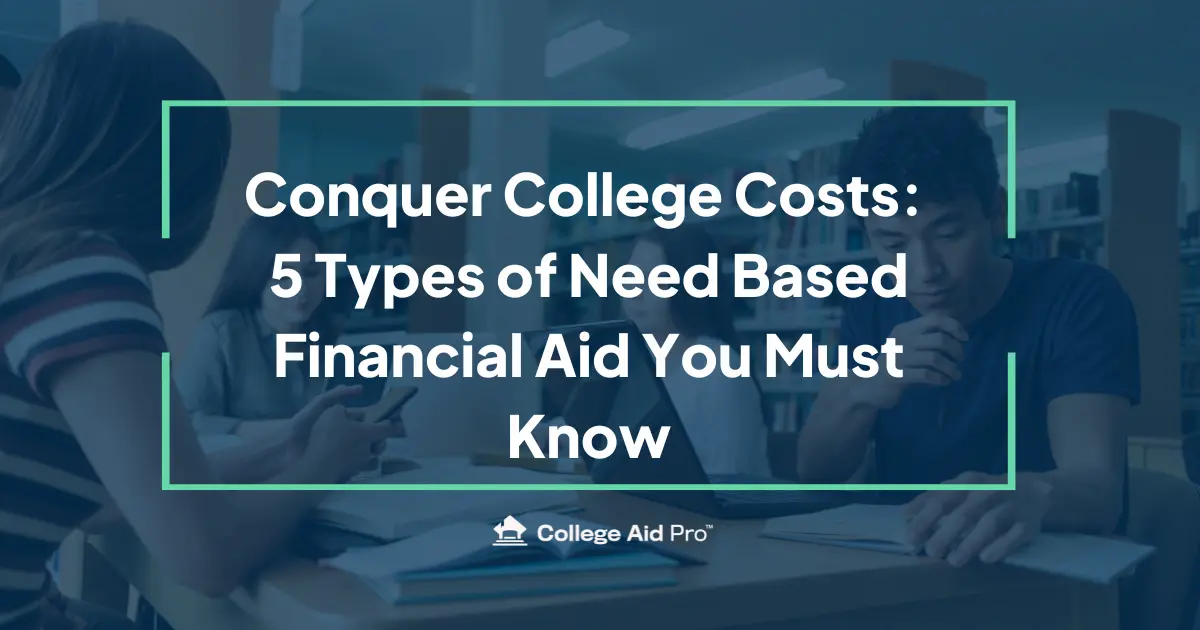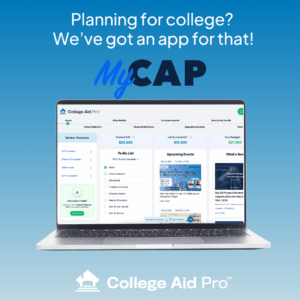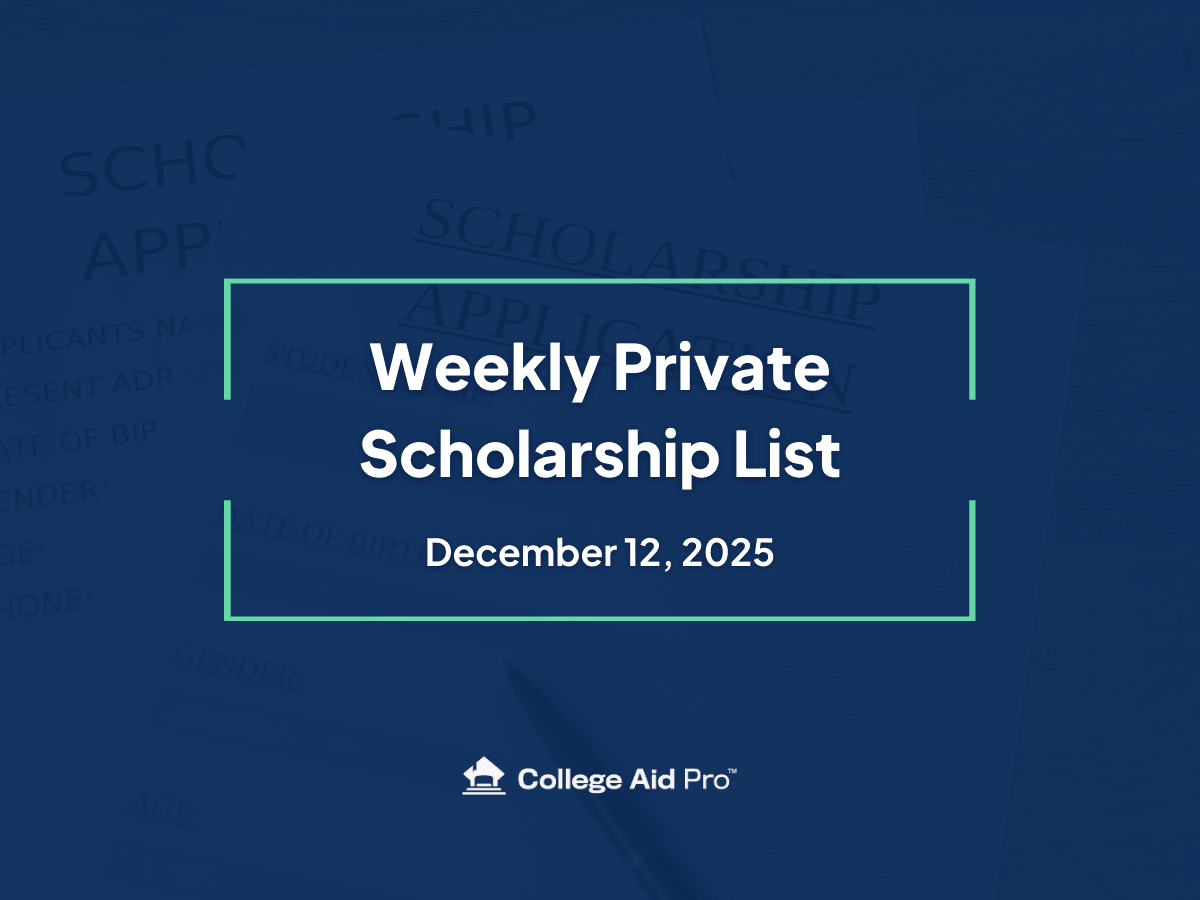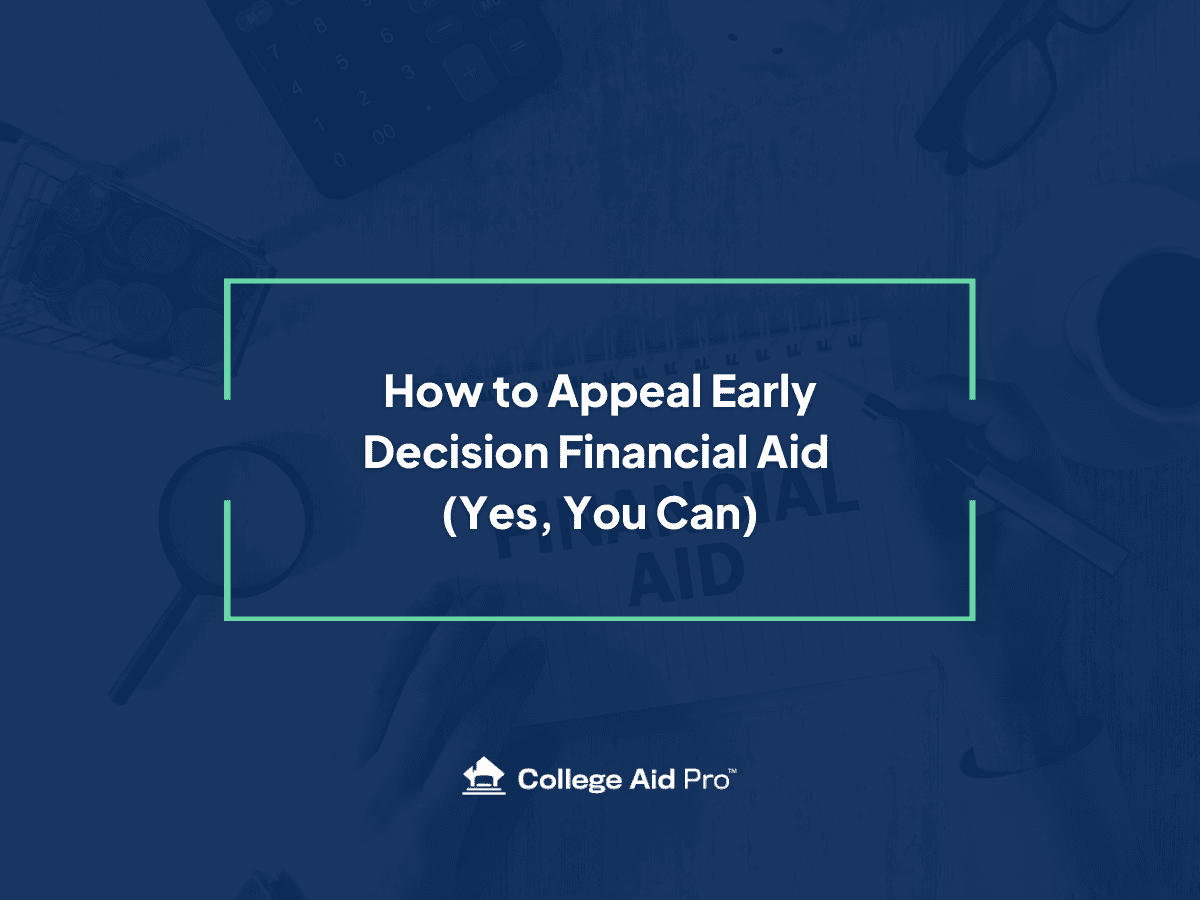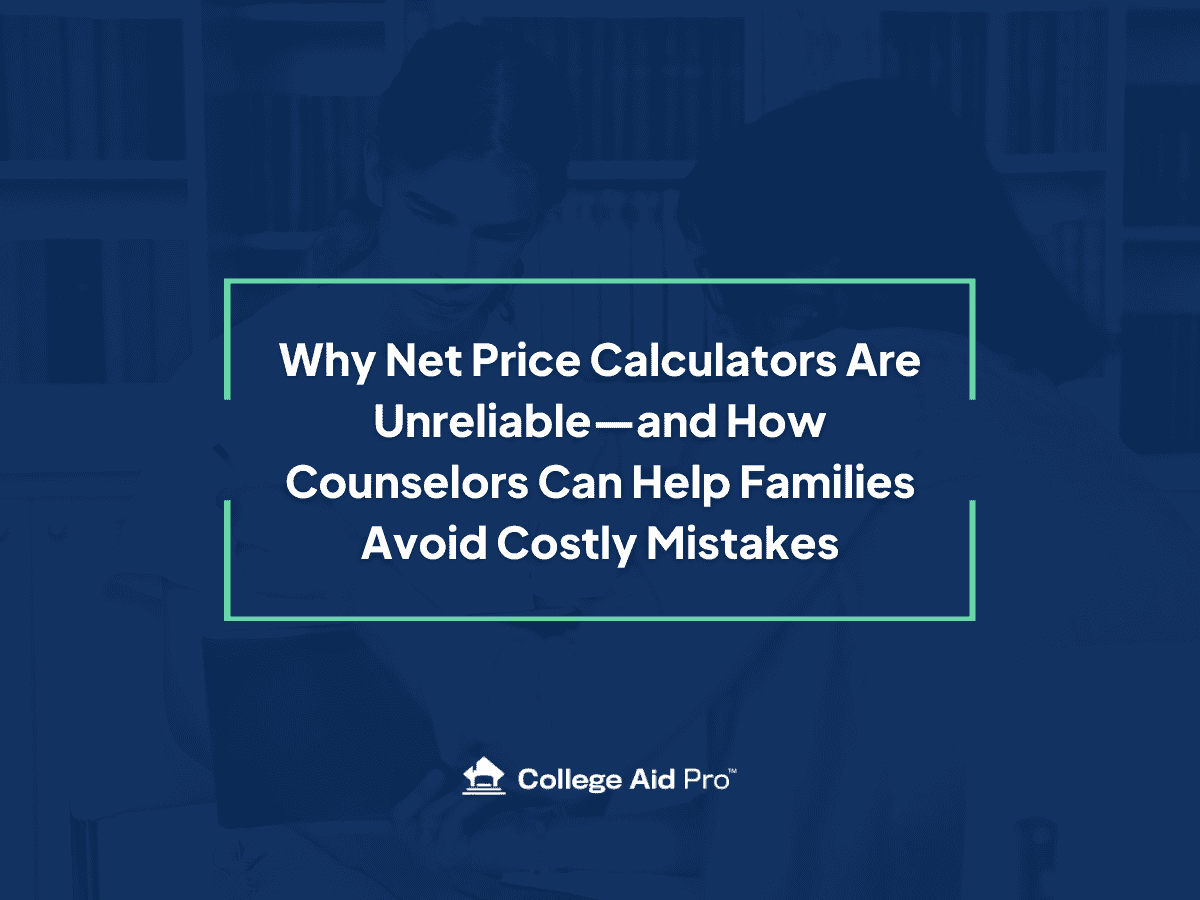Your Cheat Sheet: Defining the Five Need-Based Financial Aid Categories
College price tags can feel like movie jump scares: everything seems fine…then—BAM!—sticker shock. The good news? Need-based financial aid is your secret weapon, designed to shrink that number to something your family can actually handle. The trick is knowing what’s free money, what’s earn-as-you-go, and what’s you’ll-pay-this-back-later.
Let’s decode the award letter together—casual, playful, and totally professional. 😉
What is Need-Based Financial Aid (and Why It’s Your New Best Friend)
Need-based financial aid is the help you receive because your family’s finances don’t cover the full Cost of Attendance (tuition, fees, housing, meals, books, transport—the whole enchilada). Think of it as the college saying, “We want you here, let us help cover the gap!”
Schools use the FAFSA to calculate your Student Aid Index (SAI) (formerly EFC). Some private colleges also ask for the CSS Profile for more detail.
Quick math you’ll see everywhere:
Colleges try to meet that need with a combo of grants, scholarships, work programs, and loans. Some meet 100% of need. Some…don’t. We’ll show you how to tell.
The Main Event: 5 Types of Need-Based Financial Aid (A Cheat Sheet)
Here’s the breakdown of how your aid package is built:
1) Federal Student Loans
Federal loans are the broccoli of need-based financial aid: not the most exciting, but good for you in the long run—especially compared to most private loans. Just remember: you do have to eat your veggies eventually (i.e., pay them back).
- Direct Subsidized Loans (need-based): For students with financial need. The government covers the interest while you’re in school at least half-time and during certain deferments. Chef’s kiss.
- Direct Unsubsidized Loans (not need-based): Available to most students who file the FAFSA. Interest starts ticking right away, whether you see it or not.
- Parent PLUS Loans: Credit-based loans for parents to fill remaining gaps. Not need-based, but you’ll often spot them in the award “mix.”
Reality check: A package loaded with loans can look generous. Separate what’s subsidized vs. unsubsidized, and note if PLUS loans are padding the total. Loans aren’t bad—they’re just not “free.”
2) Federal Work-Study (FWS)
Work-Study helps students earn spending money via part-time jobs on or near campus. It’s need-based, but not a guaranteed gig.
- You still have to apply and get hired.
- You get paid like any other job (usually at least minimum wage).
- Earnings go to the student, not directly toward the bill.
- Some campuses reserve certain roles for Work-Study students.
Pro tip: If Work-Study is in your package, jump on job postings early each term. The good ones go fast.
3) Federal Grants (aka “Free Money”)
Grants are the golden retrievers of need-based financial aid: friendly, loyal, and they never ask for the money back. We repeat: FREE MONEY. No payments, no interest, just pure financial relief.
- Pell Grant: The most common federal grant for students with significant need. Amounts vary based on your SAI, enrollment status, and school costs.
- Other Federal Grants: Depending on your situation and program, you might see additional federal grants. File the FAFSA early—some funds are limited.
4) State Need-Based Grants & Scholarships
Your state may offer need-based grants or scholarships if you’re a resident and attend an eligible school (often in-state).
- Most require the FAFSA (and sometimes a state form).
- Deadlines can be early—don’t snooze on these.
- These awards can stack with federal and college aid.
Move to make: Check your state higher-ed website for programs, rules, and renewal requirements.
5) College (Institutional) Need-Based Grants & “Combo” Scholarships
Many colleges—especially private ones—use their own dollars to lower your net price.
- Typically require the FAFSA and often the CSS Profile.
- You might receive combo awards that blend merit with need (think: you’re awesome and finances are tight).
- Renewal terms matter: watch GPA minimums, credit requirements, and filing deadlines.
Why this matters: Two schools with the same sticker price can produce wildly different net prices after need-based financial aid. Always compare what you’ll actually pay out of pocket.
How to Decode Your Award Letter Like a Financial Ninja
Award letters can feel like alphabet soup. Here’s your spoon.
Split the aid into two buckets
- Free money: Grants + scholarships
- Self-help: Loans + Work-Study
- Prioritize free money. Always.
Find your real cost (net price)
- Start with Cost of Attendance (tuition, fees, housing, meals, books, transport).
- Subtract only grants and scholarships.
- That’s your net price before loans and Work-Study.
Audit the loans
- How much is subsidized vs. unsubsidized?
- Are Parent PLUS Loans included to make the package look beefier?
Check the fine print
- Renewal rules, GPA minimums, deadlines, and whether awards change after year one.
Zoom out to four years
- Ask about typical tuition increases.
- Will housing or meal plan costs shift?
- Do awards stay level?
Red Flags to Watch For
- PLUS loans disguised as “aid.” Helpful tool? Yes. Free Money? No way. Treat them as a financing option, not a gift.
- One-time scholarships. Great now, tricky later—confirm renewal.
- Big “unmet need.” If a school meets only a fraction of your demonstrated need, you’ll likely pay (or borrow) more.
How to Max Out Your Need-Based Aid (Because Free Money is Awesome)
- File early & accurately. FAFSA first, then CSS Profile if required. Some funds are first-come, first-served.
- List every school you’re considering. Make sure your data actually reaches them.
- Document special circumstances. If your SAI doesn’t reflect reality (job loss, medical bills), gather proof now for a strong appeal later.
- Track deadlines. Federal / state / school. They’re all different.
- Compare apples to apples. Create a simple sheet with: Cost of Attendance, Grants/Scholarships, Net Price, Subsidized vs. Unsubsidized Loans, Work-Study, and renewal rules.
The Bottom Line
A great need-based financial aid package leads with grants and scholarships, sprinkles in Work-Study if helpful, and keeps loans reasonable. Separate the freebies from the paybacks, calculate your net price, and don’t be afraid to appeal.
You’ve got this—and we can make it even easier.
See Your Real Numbers (for Free)
Want to preview how much need-based financial aid you might get—before you fall in love with a too-pricey option? With College Aid Pro™ (MyCAP) you can:
- Estimate your need-based eligibility and likely grant amounts
- Compare schools side-by-side by true net price
- See how merit and need can combine to lower costs
- Build a school list that fits both your budget and goals
Create your free MyCAP account and start planning smarter in minutes.
